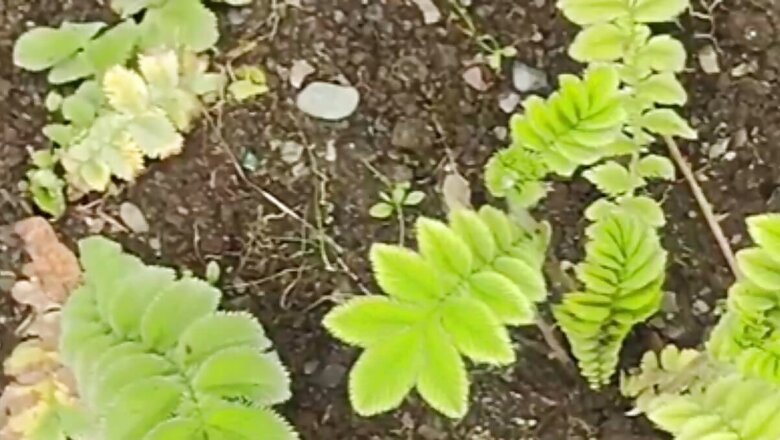
views
Vajradanti, scientifically known as Barleria prionitis, is known in Ayurvedic medicine for its efficacy in treating dental issues.
Thriving during monsoons, this plant is celebrated for its potent therapeutic properties, particularly for addressing a variety of health concerns. Vajradanti’s medicinal benefits extend beyond dental health. Besides offering relief for conditions such as toothache and pyorrhoea, it is also known for treating diabetes, vomiting, diarrhea, fever, and cough.
Vajradanti is also used in the formulation of numerous medicines and dental care products, including popular toothpastes. Notably, several renowned toothpaste brands have adopted the name Vajradanti, underscoring the plant’s significance in oral hygiene.
Professor Lalit Tiwari from the Botany Department of DSB College, Nainital, highlighted the plant’s prominence in Ayurveda. “Vajradanti is an essential component of Ayurvedic practice,” Tiwari explained, adding, “Everyone in India knows Vajradanti. This plant is a part of people’s daily routine. It has many medicinal properties as well as many anti-aromatic properties.”
Tiwari shared that Vajradanti is found in South Asia and North East Africa. “It grows at an altitude of 2000 to 3000 meters,” he shared. Professor Tiwari notes that the plant’s leaves contain six types of hydroxy flavonoids, which contribute to its powerful antiseptic qualities.
Additionally, the entire plant—from the root to the flowers—boasts a rich array of beneficial compounds, including hydro ethanol, carbohydrates, proteins, glycosides, and amino acids, Tiwari said.
“The multifaceted uses of Vajradanti highlight its importance in maintaining health and well-being. Whether used in the form of medicines or incorporated into daily oral hygiene routines, this plant proves to be a vital resource in both traditional and contemporary health practices,” he said.




















Comments
0 comment